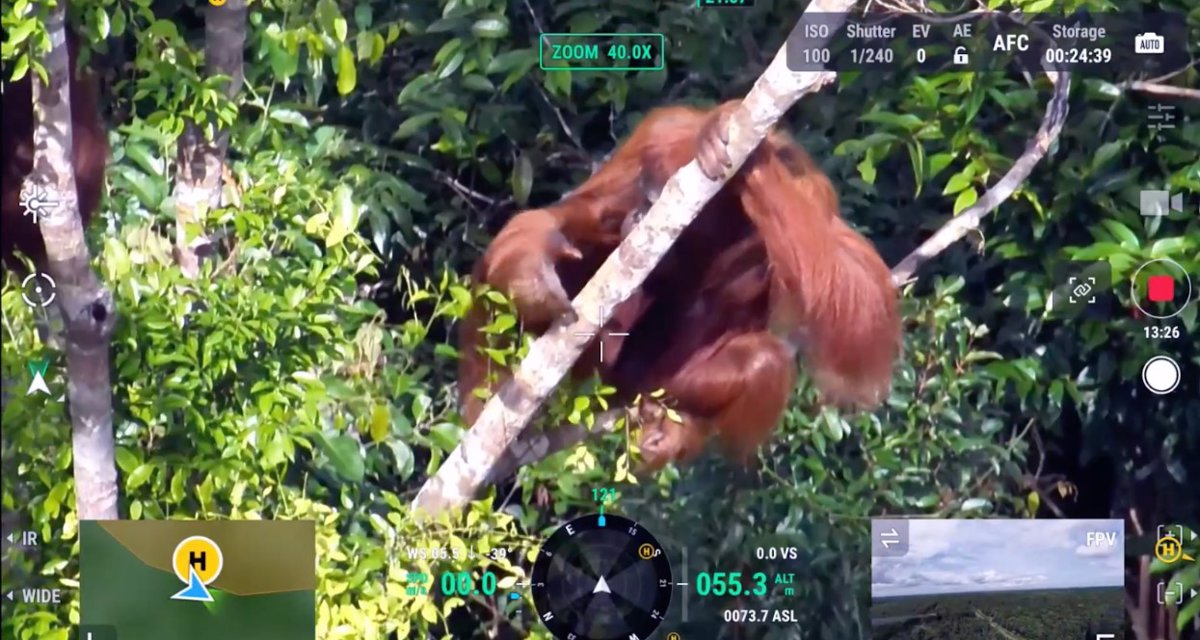Orangutans, our closest mammalian relatives sharing 97% of our genes, are facing a challenging situation with disappearing habitats due to deforestation and fragmentation. In Borneo, which was home to around 230,000 orangutans a century ago, now has a population of only around 40,000 to 50,000 as of 2004, with Sumatra hosting approximately 7,000 orangutans. To effectively protect these endangered species, accurate data on their numbers, locations, and statuses is crucial. However, the existing orangutan census is almost two decades old, leading to outdated and incorrect information hindering conservation efforts.
To address this issue and speed up the counting process while providing comprehensive knowledge of orangutan populations, researchers have turned to drone technology. By utilizing drones equipped with thermal imaging and zoom technology, they can detect and count orangutans more precisely and efficiently than traditional methods that involved manually counting orangutan nests in the jungle. This innovative approach not only speeds up the counting process but also provides valuable insights into the distribution patterns of these endangered species.
The project serves as a model for effective counting solutions and highlights the essential role of innovation in conservation efforts. The use of drone technology in wildlife conservation has significant potential for other threatened species as well. Researchers can leverage this technology to gather crucial data on population size and distribution patterns that inform evidence-based conservation strategies aimed at protecting these species from further threats such as habitat destruction caused by human activities.



